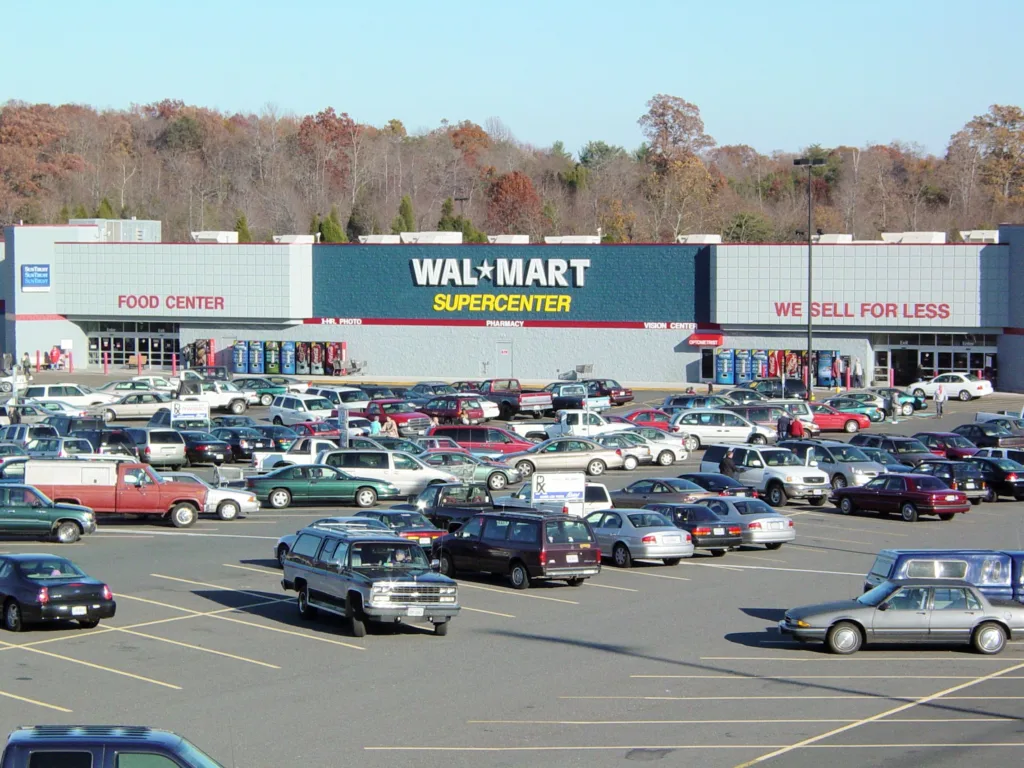In recent months, US consumers have shown remarkable resilience, navigating through a landscape marred by elevated inflation and the highest interest rates in decades. However, recent data suggests that American spending habits are undergoing a significant transformation, potentially signaling a shift in the economic winds.
A Pause in Consumer Spending
April’s retail sales data, as reported by the Commerce Department, revealed a stagnation in consumer spending, which remained unchanged from the previous month. This development is notable, especially considering that spending had ticked up by a modest 0.6% in March—a figure that itself was a downward revision. This halt in spending growth missed the modest 0.4% increase anticipated by economists, according to projections from FactSet. Even more telling is the year-over-year comparison; where April 2022 saw a surge of 3% in retail sales, April 2023 paints a starkly different picture.
Analyzing the Shifts
The nuances of this spending freeze become clearer upon dissecting the data by sector. One of the few areas that saw an increase was gas station sales, which jumped by 3.1% from March to April, likely a lagged response to previous surges in gas prices. On a more positive note, sectors such as clothing and accessories, and food and beverage stores also experienced gains, albeit more modest.
However, these gains were offset by declines in almost all other sectors, with online retail taking the hardest hit—a drop of 1.2%. This decline in a sector previously known as a consistent performer is particularly telling and underscores the broad-based nature of the spending slowdown.

Inflation and the Federal Reserve’s Response
The release of new inflation figures by the Bureau of Labor Statistics offers a glimmer of hope, showing a slight ease in the annual inflation rate from 3.5% in March to 3.4% in April. This deceleration, while minimal, aligns with expectations and suggests that inflationary pressures might be starting to wane, following an unexpected spike the previous month.
For Federal Reserve officials, these figures are a critical input. The central bank has been on a vigilant watch, hoping for signs that inflation will stabilize back to its 2% target. The current slowdown in spending, while indicative of consumer strain, also reduces the likelihood of businesses passing on higher costs to consumers—a cycle that could further exacerbate inflation.

Economic Implications and Outlook
The broader implication of these trends is a potential economic slowdown. As noted by Seema Shah, Chief Global Strategist at Principal Asset Management, while the current retail report may temporarily alleviate some pressure on the Fed to keep hiking rates, it also raises concerns about a deeper economic slowdown. Such a scenario could pose challenges that financial markets might find unwelcome.
As we move forward, the key question remains whether this spending slowdown is a temporary blip or a harbinger of more pronounced economic challenges. For now, it seems to offer the Federal Reserve an additional reason to consider the possibility of reducing interest rates in the upcoming meetings—a move that would be keenly watched by consumers and investors alike.
Conclusion
Navigating through 2023, US consumers are clearly feeling the pinch, and their spending habits reflect a cautious, if not anxious, approach to the economic uncertainties ahead. With inflation still above target and interest rates at historic highs, the path forward for the US economy will depend significantly on consumer resilience and the Federal Reserve’s policy responses. As we continue to monitor these developments, the interplay between consumer behavior and economic policy will undoubtedly play a pivotal role in shaping the near-term economic landscape of the United States.

